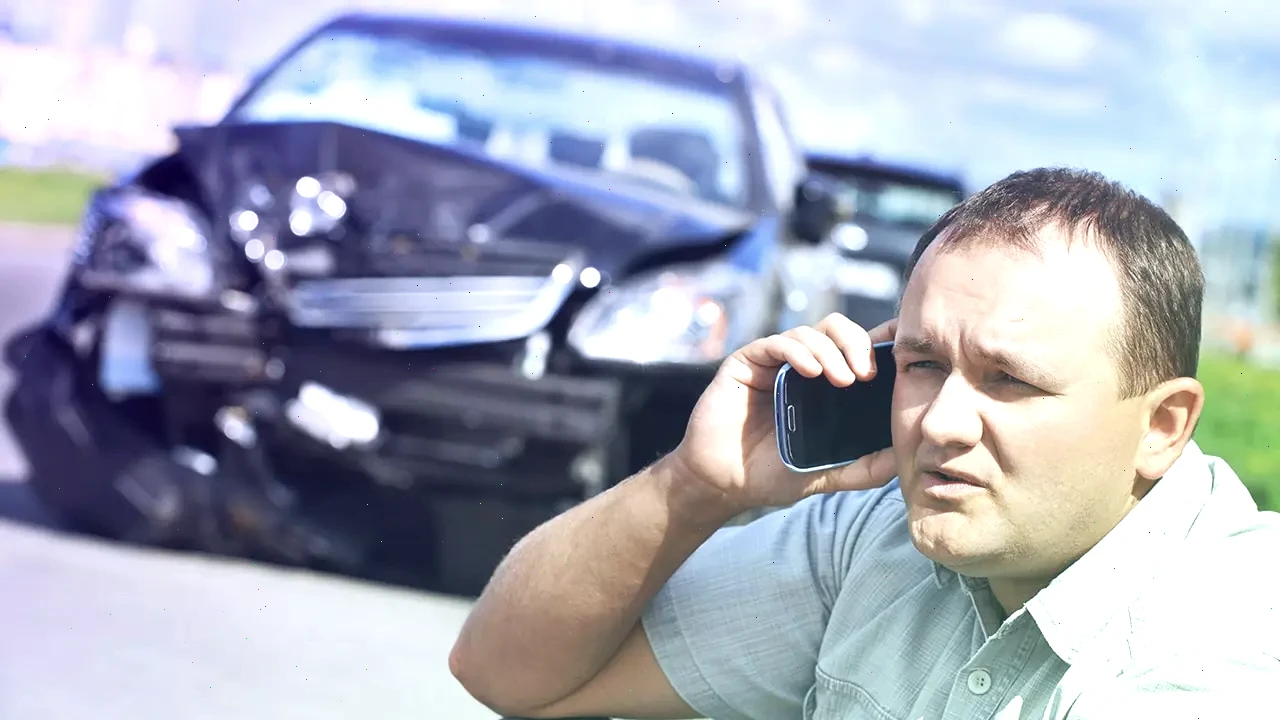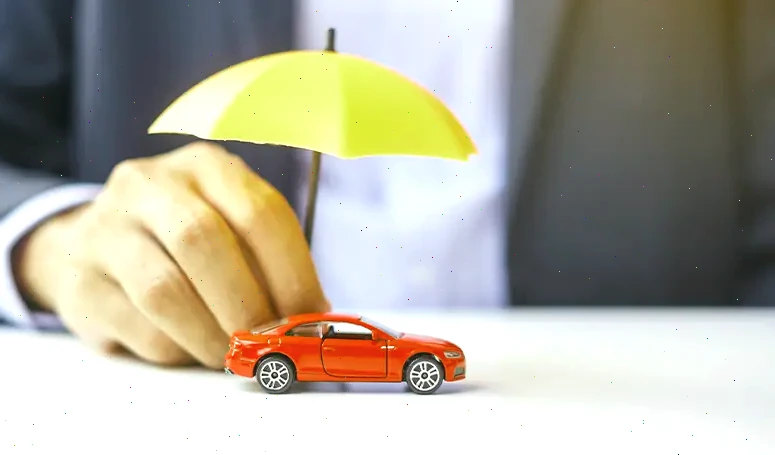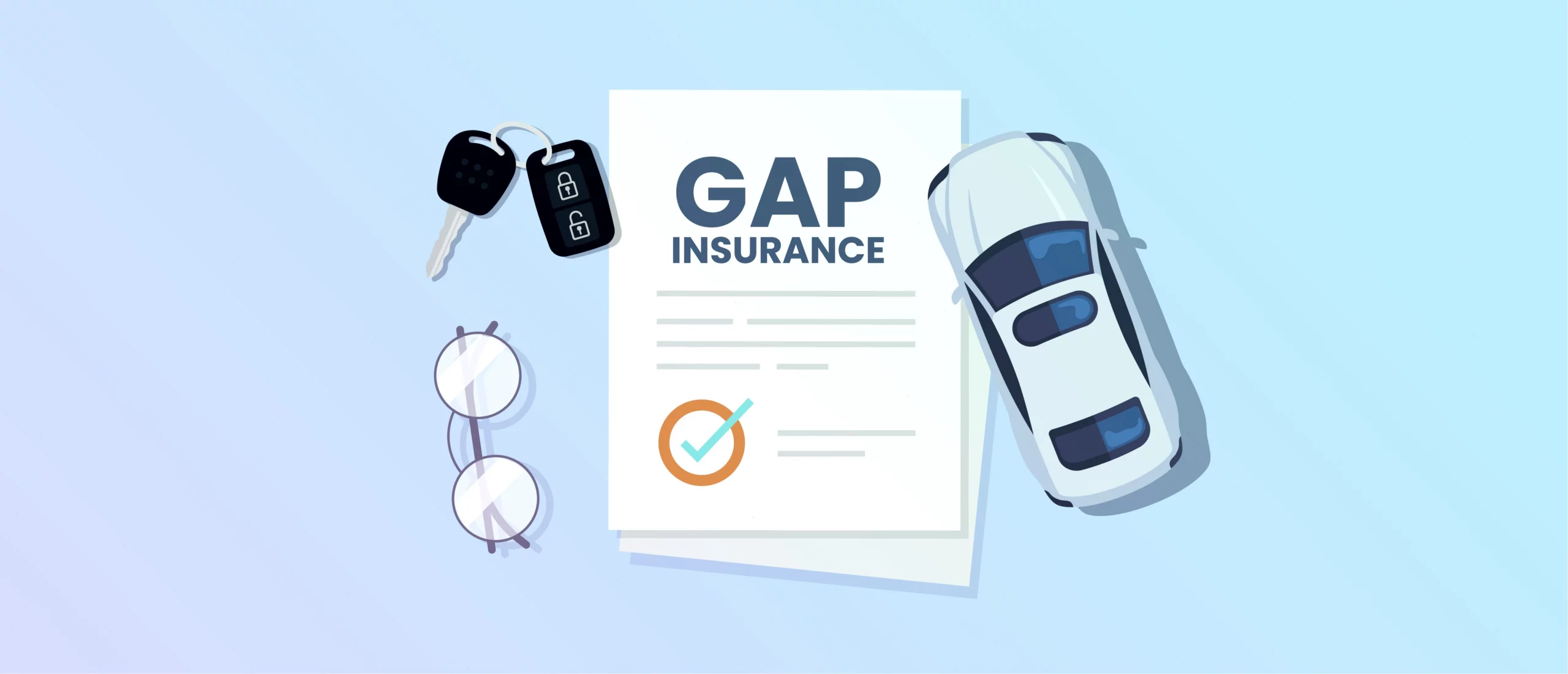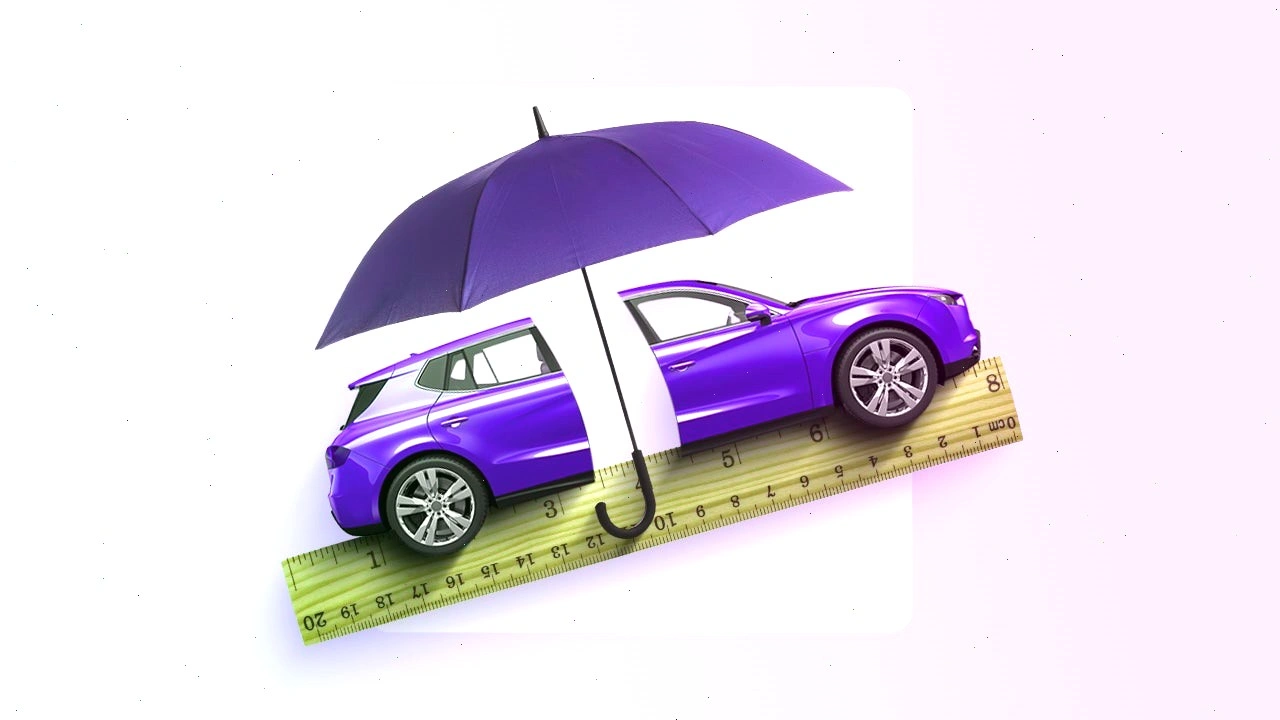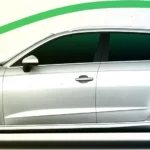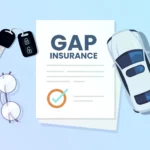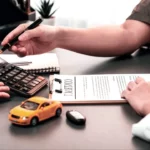Leasing a brand-new car can be exciting — lower monthly payments, warranty coverage, and the joy of driving the latest model. But there’s one thing many drivers overlook: GAP insurance. If you’re leasing a vehicle in 2025, GAP coverage isn’t just a smart option — it’s often an absolute necessity.
What Is GAP Insurance?
GAP stands for Guaranteed Asset Protection. It covers the “gap” between your vehicle’s current market value and the amount you still owe on your lease if the car is stolen or declared a total loss.
Let’s say your leased car is totaled in an accident. Your standard auto insurance might pay $22,000, but the lease payoff amount is $27,000. Without GAP insurance, you’re responsible for the $5,000 difference — out of pocket.
Why GAP Coverage Is Crucial for Leased Vehicles
1. Leased Cars Depreciate Rapidly
New vehicles lose 15–20% of their value in the first year. Since lease payments don’t cover this depreciation in full, you can quickly become “upside-down.” GAP insurance ensures you’re not paying for a car you no longer have.
2. Lease Payoff Amounts Are Often Higher Than Market Value
Leasing companies often include fees, interest, and taxes in the lease payoff calculation. In the event of a total loss, your standard insurance won’t cover those — but GAP will.
3. Required by Many Leasing Companies
Most lease contracts require you to carry GAP insurance as part of your agreement. Some include it automatically, while others leave it up to you to add it — so always double-check your contract.
4. Peace of Mind in Case of Theft or Accidents
Whether you’re in a high-traffic city or a rural area, accidents and theft can happen unexpectedly. GAP insurance removes the financial burden if your car is written off before your lease ends.
How Much Does GAP Insurance for a Lease Cost?
GAP insurance for leased cars is surprisingly affordable. When added through your auto insurer, it typically costs $20–$40 per year. Some dealers may charge a one-time fee of $300–$600, often bundled into your lease.
How to Know If You Already Have GAP Coverage
- Check your lease agreement – It might already be included.
- Ask the dealership – They’ll confirm whether GAP was rolled into your lease package.
- Contact your auto insurance provider – You may be able to add GAP to your current policy for less.
Final Thoughts
If you’re leasing a vehicle in 2025, don’t drive off the lot without confirming your GAP coverage. It could be the difference between a manageable setback and a costly financial hit. This small add-on offers big protection — and serious peace of mind.
